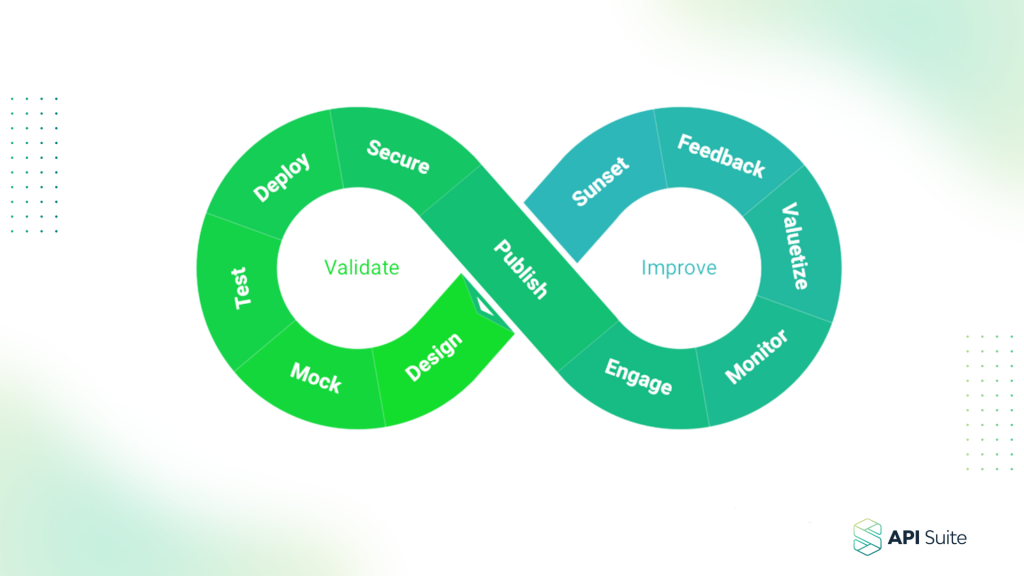You’ve probably heard of an “API” before but never fully understood what it is. New APIs for developers are often announced in operating system, web browser, and app upgrades. Fortunately we’re here to break down what exactly an API is, the benefits, and how developers can use it!

API Explained
Simply put, API is the acronym for Application Programming Interface. This software intermediary allows two applications to talk to each other. Every time you use an app like Twitter or Facebook, send an instant message, or just check the weather on your phone, you’re using an API.
An API offers a number of activities that developers may utilise and a description of what they perform. The developer does not need to understand how an operating system constructs and displays a “Save As” dialogue box. They only need to know that it’s compatible with their app.
To give an example of what an API is and how it works, think of when you use a mobile phone app. First, it connects to the Internet and sends information to a server. The server then receives the information, interprets it, takes the appropriate steps, and sends it back to your phone. The software on your phone then analyses the data and displays the information you requested legibly. This is what an API is – everything goes through it.
“Modern API”
Over the years, the term API has been used to refer to any type of application communication interface. However, in recent years, the contemporary API has acquired key qualities that make it extremely valuable and useful:
- Modern APIs adhere to developer-friendly, easily accessible, and widely understood standards (usually HTTP and REST).
- They are handled as products rather than code. They are developed for specific audiences (for example, mobile developers), documented, and versioned so that users may expect certain maintenance and lifetime expectations.
- They have a lot greater discipline for security and governance and are monitored and controlled for performance and scalability because they are much more standardized.
- Like any other productized software, the contemporary API has its own software development lifecycle (SDLC) that includes designing, testing, constructing, maintaining, and versioning. Modern APIs are also thoroughly documented in terms of usage and versioning.
There are three main types of APIs:
- Private or internal APIs—to focus on the internal operations of an enterprise
- Partner APIs—to support integrations with select partners and customers
- Public APIs—exposed openly to the public
APIs enable developers to save time by allowing the platform’s implementation to handle the grunt work. This reduces the number of code developers must write while also ensuring uniformity between apps built on the same platform. APIs allow access to hardware and software resources to be controlled.
APIs have become so significant that they now account for a significant portion of many companies’ revenue. Google, eBay, Salesforce, Amazon, and Expedia are just a handful of the major corporations that profit from their APIs. This marketplace of APIs is referred to as the “API economy.”
What are API Integrations?
API integrations are software components that allow clients and servers to exchange data seamlessly. Automatic data sync to the cloud from your phone image gallery or time and date automatically sync on your laptop when you move to another time zone are two instances of API integrations. Businesses can also utilise them to automate a variety of system operations.
About Us
API Suite is developed by Cloudoki, who is a collaboration of senior profiles within Cyrex, surrounded by a dedicated team of talented innovators in Belgium, Spain, and Portugal. They support European clients, ranging from technical startups, and over-application / SAAS developers to online service providers and large enterprises. Cloudoki is managed and operated by tech and development experts Rui Molefas and Koen Betsens.
To find out more about APIs and our product, API Suite, visit our Key Concepts page, where we provide a useful overview of the product and its many benefits. To learn more about our work and how API Suite has helped our clients, visit our case studies page.





